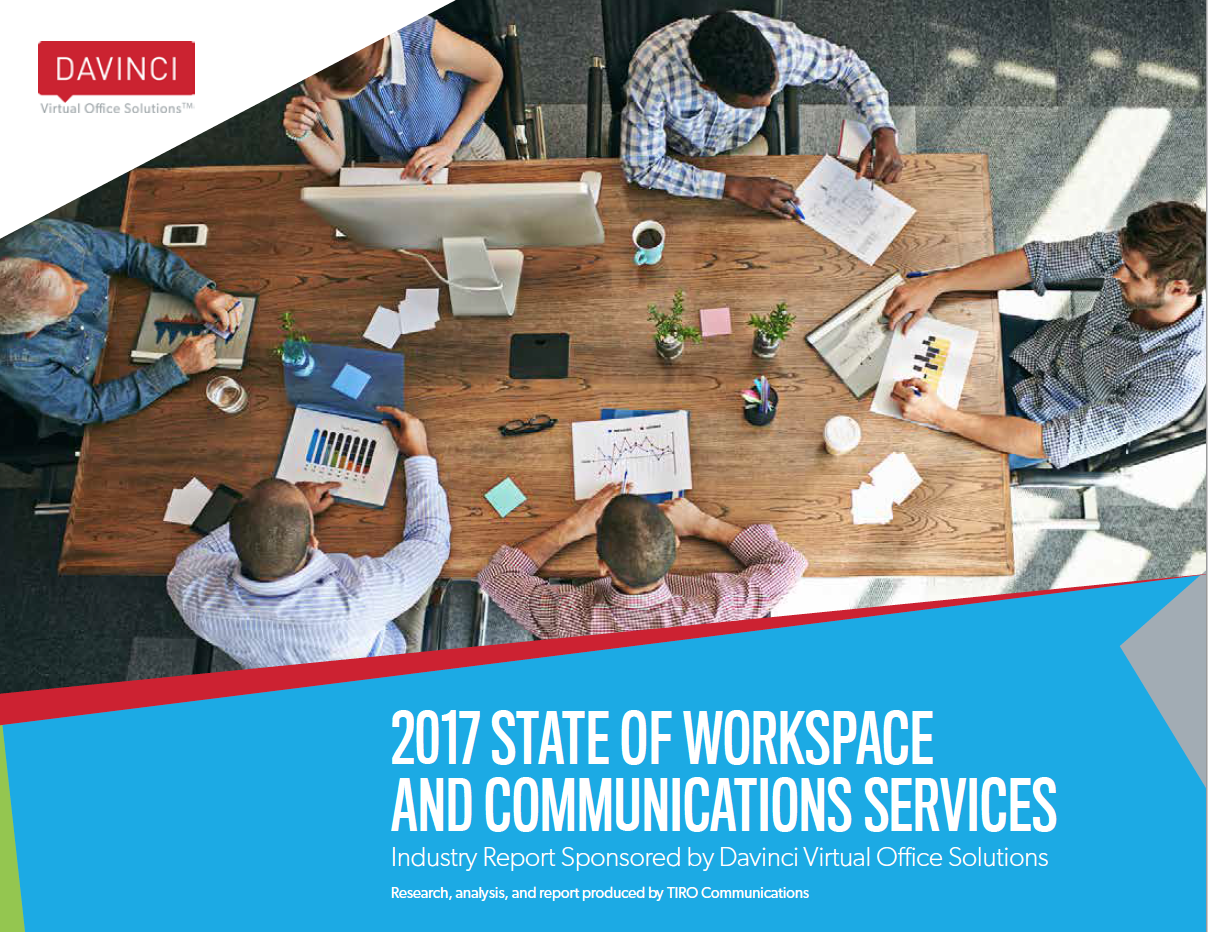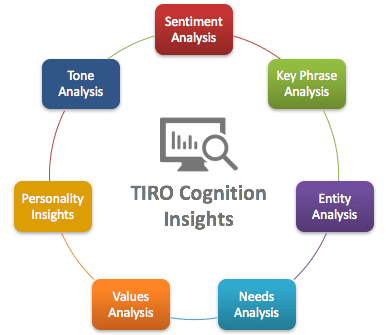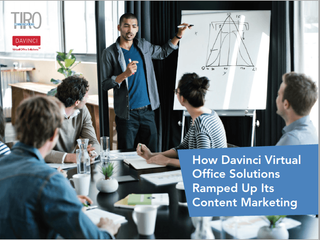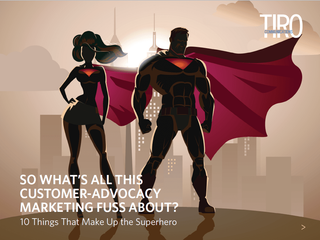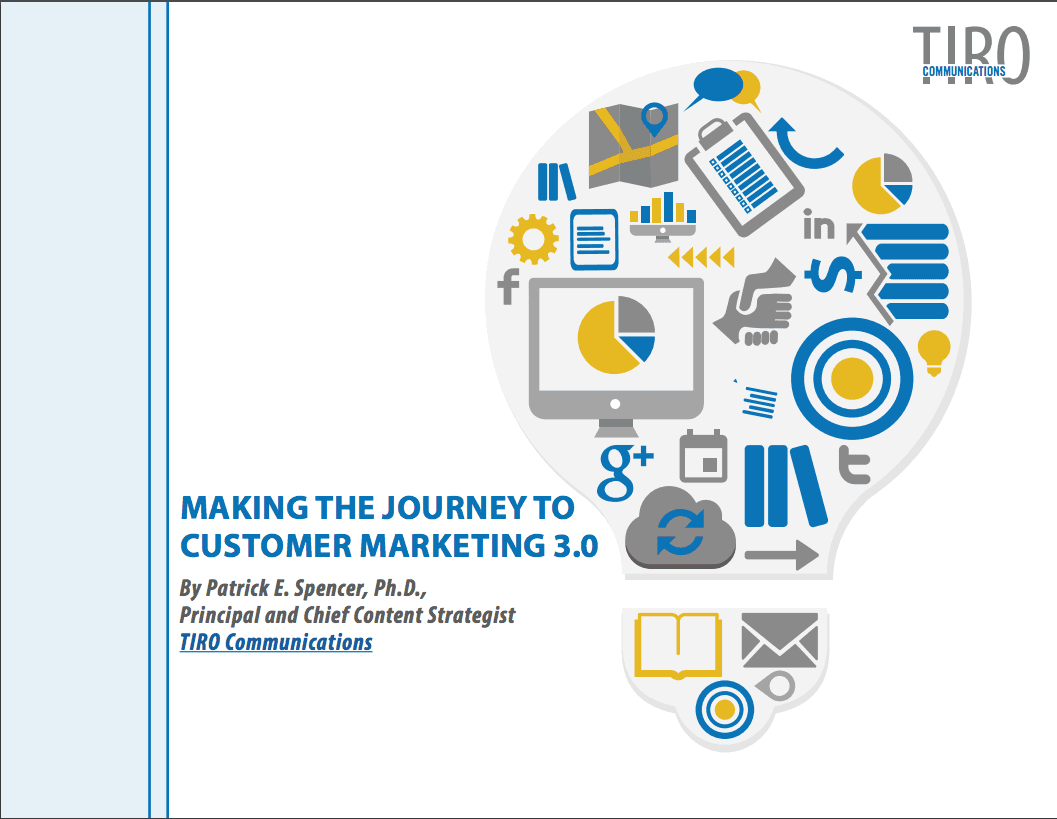
Advocacy Built on a Solid Foundation
- By Patrick Spencer
- •
- 21 Jun, 2016
- •
Engaged Employees

The NCL Experience
We normally take a family vacation every summer. This year, we made a last-minute change in our itinerary and went on a cruise to visit some of the ruins from the former Mayan Empire in Central America. This was our fourth family cruise.
Our first was on Norwegian Cruise Line (NCL) in the eastern Mediterranean, and it was a huge hit with everyone. We were especially impressed with the quality of service we received and how every crew member consciously personified the NCL brand. Each member of the crew was passionate about her or his work, the NCL brand, as well as every guest, understanding the intricate connection between service extended to guests and how that translates into representation of the NCL brand.
NCL certainly gets it when it comes to brand experience. It starts when you’re boarding the ship and extends to the last minute you’re onboard and about to walk across the gangway, where crew members form a line and thank thousands of guests for sailing with NCL as they depart.
Being Ordinary Doesn’t Translate into Brand Experience
When it came time for our second cruise about four years ago, the family opted to sail with a different cruise ship operator that was lower in cost than NCL. The experience was distinctly different. Staff went through perfunctory motions. Beyond being ordinary, there was nothing special in the service the delivered. There were no “towel animals” each night to greet guests upon their return to their rooms, dining “experiences” were absent, crew members did not show any delight in serving their passengers, the little things didn’t matter…the list could go on.
We departed the cruise with no palatable grasp of what the cruise operator sought to convey to its guests other than lower cost. Now does that mean the cruise operator didn’t talk about guest experience? No, there was an expression of commitment to customer service. But platitudes don’t equate to brand experience unless embraced and enacted by the employees of a company.
We swore after that second cruise that the next time we sailed, it would be with NCL, even if the cost was higher. So, when we went on a cruise two years ago and then the one this past week, it was with NCL—not because of cost but because of experience. Having learned our lesson, we now advocate to family and friends about our NCL and non-NCL experiences—or blog in this instance.
Don’t Build Your “Advocacy House” on a Foundation of Sand
Over the past few years, much has been said and written about the topic of customer advocacy. Companies—both B2C and B2B—invest hundreds of thousands of dollars in resources and technologies to nurture and reward customer advocates. Yet, too many, after expending significant time and money, discover they built their “advocacy house” on a foundation of sand. Customers don’t associate an experience with the brand. There is nothing unique about the company’s product or services; employees don’t understand how their work—even if it doesn’t require direct interaction with customers—embodies and represents the company brand.
Your Essential Brand Ambassadors: Engaged Employees
Getting your employees engaged and serving as brand ambassadors isn’t an easy undertaking, and the vast majority of companies are failing at doing so. A survey by Gallup finds that only 30 percent of employees in the United States are engaged at work (13 percent worldwide). These employees embody what crews on NCL ships convey: they are willing to go the extra mile, work with passion, feel a profound connection with their company, and consistently bring new ideas to the table.
Having engaged employees make brand a palpable reality, delighting and turning customers into brand advocates. The same Gallup study discovered that companies in the top quartile of employee engagement outperform bottom-quartile companies by 10 percent on customer ratings, 22 percent in profitability, and 21 percent in productivity. They also see less turnover (25 percent compared to 65 percent), absenteeism, fewer safety incidents, and quality defects.
Advocacy involves employees, partners, customers, jobseekers, and others who interact with your company in some manner. Those companies that initially focus on customers when constructing and implementing an advocacy program set themselves up for failure. It even starts before employee advocacy; the question is whether employees are engaged. If they aren’t, and 70 percent of employees in the U.S. are either not engaged (employees who are “checked out” and putting in time but not energy or passion into their work) or actively disengaged (employees who are busy acting out their unhappiness), then this is must be fixed before any talk of advocacy can happen.
Getting Employees Engaged and Delighting Your Customers
There are a number of things organizations can do to foster employee engagement. It starts with building healthy communications between managers and employees; this means consistent, transparent interactions. Performance must be based on a clear set of goals that are tracked and used for coaching and measuring employee outputs (with associated rewards and recognition). Strengths rather than weaknesses should serve as the basis of assessments; 67 percent of employees who strongly agree that their managers focus on their strengths are engaged as compared to only 31 percent who express that their managers focus on their weaknesses.
Engaged employees delight customers because they assume ownership as brand ambassadors. When customers are delighted, they will advocate—without solicitation—on your behalf. The same is true of employees, as well as partners. Many of those who are engaged will advocate on behalf of your company without any prompting. Naturally, you can aid this process by using the right set of advocacy technologies and systems, making it easy and fun for employees, partners, and customers to advocate on your behalf.
Yet, without engaged employees, the advocacy house will crumble. Marketing and Customer Success organizations will fail to realize anticipated results and benefits of advocacy and abandon their investments—time, resource, and technology—and proceed to the next “shiny object” that attracts their attention and promises them business “nirvana.”
Need help architecting and building an Advocacy Program that delivers tangible returns? Contact us for help today.

